- Choosing the Right Location for Growing Boxwood
- Sunlight
- Soil
- Temperature
- Air Circulation
- Proximity to Other Plants
- Proximity to Structures
- Final Thoughts
- Boxwood Planting Tips: Soil, Sunlight, and Watering Requirements
- Soil Requirements
- Sunlight Requirements
- Watering Requirements
- How to Propagate Boxwood: The Methods You Should Know
- 1. Softwood Cuttings
- 2. Layering
- 3. Grafting
- Maintaining Boxwood: Pruning, Fertilizing, and Dealing with Pests
- Pruning
- Fertilizing
- Dealing with Pests
- Boxwood Types: Exploring the Different Varieties
- 1. Buxus sempervirens (Common Boxwood)
- 2. Buxus microphylla (Littleleaf Boxwood)
- 3. Buxus sinica var. insularis (Korean Boxwood)
- 4. Buxus sempervirens ‘Suffruticosa’ (English Boxwood)
- 5. Buxus harlandii (Harland Boxwood)
- Boxwood in Landscaping: Creative Ideas and Design Tips
- 1. Hedges and Borders
- 2. Topiaries
- 3. Knot Gardens
- 4. Focal Points
- 5. Path Edging
- 6. Container Plantings
- 7. Versatile Background
- Expert Tips for Growing Healthy and Beautiful Boxwood
- Common Boxwood Problems and How to Solve Them
- 1. Boxwood Leaf Miner
- 2. Boxwood Blight
- 3. Boxwood Psyllid
- 4. Winter Burn
- 5. Boxwood Mites
- 6. Root Rot
- Questions and Answers:
- What is boxwood and why is it popular?
- How do I grow boxwood in my garden?
- Can boxwood be propagated from cuttings?
- What are some common types and varieties of boxwood?
- How tall do boxwood shrubs typically grow?
- What are some tips for maintaining and caring for boxwood?
- Videos: Boxwood Propagation from Cuttings (How to Make Your Own Boxwood Hedge for Free)
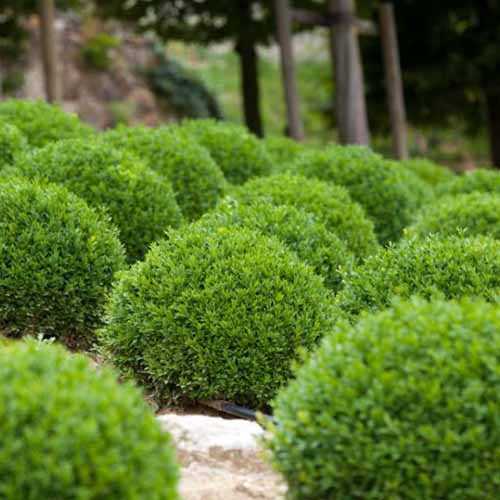
Boxwood is a beloved plant among gardeners for its versatility, elegance, and low maintenance. Boxwood, known for its dense, evergreen foliage and compact growth habit, is often used for hedging, topiary, and as a foundation plant. In this article, we will explore the basics of growing boxwood, from propagation to caring for different types and varieties.
Propagation is an important aspect of growing boxwood, as it allows gardeners to create new plants from existing ones. Boxwood can be propagated through various methods, such as stem cuttings, layering, and seed germination. Each method has its own requirements and benefits, and it’s important to choose the one that suits your needs and preferences.
When it comes to types and varieties of boxwood, there is a wide range to choose from, each with its own unique characteristics. Some popular types include English boxwood (Buxus sempervirens), American boxwood (Buxus sempervirens ‘Suffruticosa’), and Japanese boxwood (Buxus microphylla). Each type has its own distinct foliage, growth habit, and cold hardiness, allowing gardeners to create different looks and styles in their landscapes.
Finally, caring for boxwood requires a combination of proper watering, pruning, and fertilizing. Boxwood prefers well-drained soil and regular watering, but can tolerate periods of drought once established. Pruning is important for maintaining the desired shape and size of the plant, while fertilizing helps promote healthy growth and vibrant foliage. With proper care, boxwood can be a long-lasting and beautiful addition to any garden.
Choosing the Right Location for Growing Boxwood
Growing boxwood requires careful consideration of the location, as it plays a crucial role in the plant’s health and growth. Here are some important factors to keep in mind when choosing the right location for your boxwood:
Sunlight
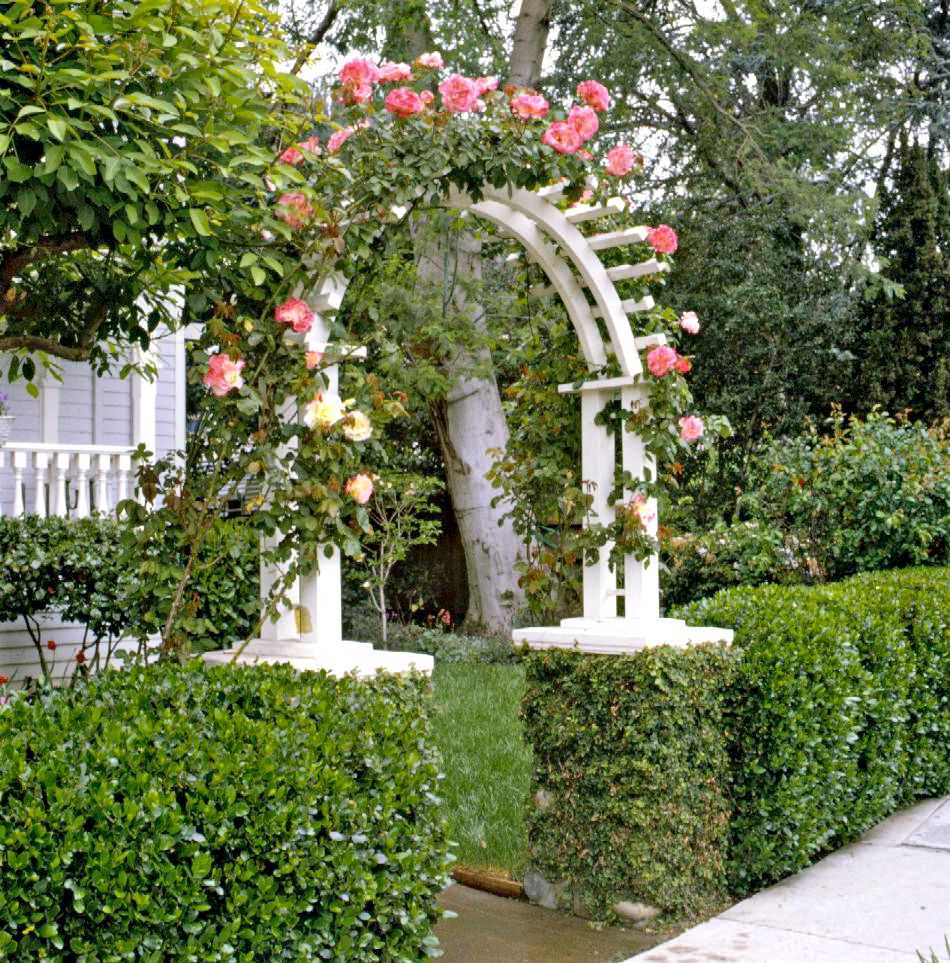

Boxwood thrives in areas with partial shade to full sun exposure. It is important to find a location that receives at least 4-6 hours of direct sunlight per day. However, in hot summer regions, boxwood may require some protection from the intense afternoon sun to prevent leaf scorch.
Soil
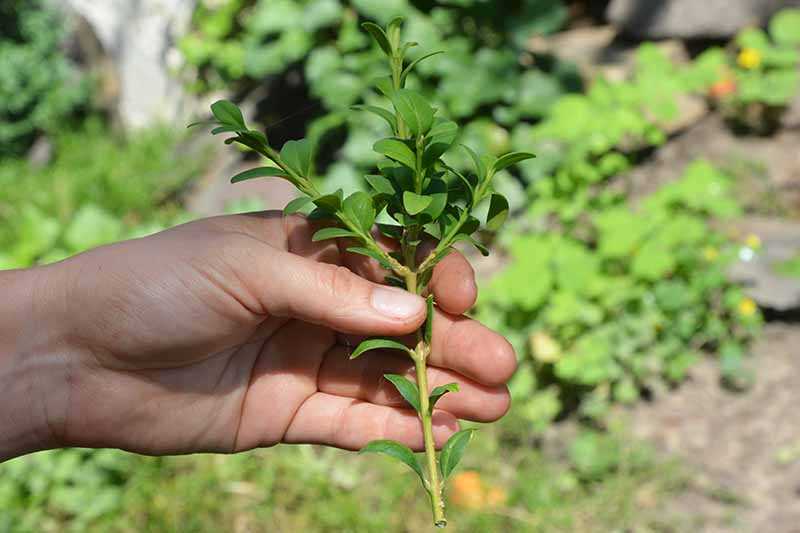

Boxwood prefers well-draining soil that is rich in organic matter. The soil should have a pH level between 6.0 to 7.5. Before planting, it is recommended to conduct a soil test to assess the soil’s pH level and make necessary amendments to create an optimal growing environment for boxwood.
Temperature
Boxwood is known for its excellent cold hardiness, making it suitable for various regions. However, extreme temperatures, both hot and cold, can affect the health of the plant. It is important to choose a location that provides some protection from harsh winter winds and extreme summer heat to prevent stress on the boxwood.
Air Circulation
Good air circulation is essential for preventing diseases in boxwood. Choose a location that allows for adequate airflow to minimize the risk of fungal infections such as boxwood blight. Avoid planting boxwood in areas with poor air circulation, such as narrow spaces between buildings.
Proximity to Other Plants
When planting boxwood, consider its proximity to other plants. Avoid planting it too close to trees or shrubs that may compete for nutrients and water. Overcrowding can also limit air circulation and create a favorable environment for disease development. Give boxwood enough space to grow and thrive.
Proximity to Structures
Consider the proximity to structures like walls or fences when choosing a location for boxwood. Ensure that the plant has enough space to grow without being restricted by nearby structures. This will allow for proper air circulation, sunlight exposure, and easy access for maintenance and pruning.
Final Thoughts
Choosing the right location is crucial for the success of your boxwood plants. By considering factors such as sunlight, soil, temperature, air circulation, proximity to other plants, and proximity to structures, you can create an optimal growing environment that will promote healthy boxwood growth and minimize the risk of diseases and stress.
Boxwood Planting Tips: Soil, Sunlight, and Watering Requirements
Soil Requirements
Boxwood plants prefer well-drained soil that is rich in organic matter. The soil should have a pH level between 6.5 and 7.5, which is slightly acidic to neutral. Avoid planting boxwood in heavy clay soil or areas with poor drainage, as excessive moisture can lead to root rot.
Sunlight Requirements
Boxwood plants thrive in partial shade to full sun. However, they prefer some shade during the hottest parts of the day. Ideally, boxwood should receive at least 4-6 hours of direct sunlight per day. Too much shade can lead to weak growth and increased susceptibility to diseases.
Watering Requirements

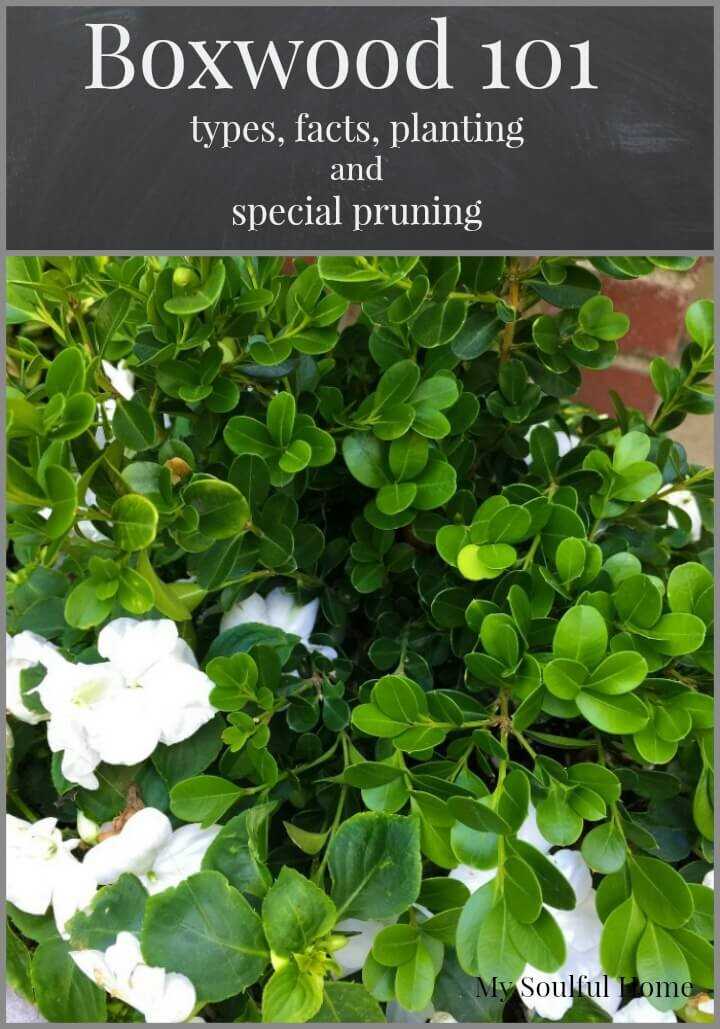
Boxwood plants require regular watering, especially during the first year after planting. Water deeply and thoroughly, ensuring that the soil is moist to a depth of at least 6 inches. However, avoid overwatering, as this can lead to root rot. Allow the soil to dry out slightly between waterings to prevent waterlogged conditions.
How to Propagate Boxwood: The Methods You Should Know
Boxwood is a popular evergreen shrub that is commonly used for hedging and landscaping. If you want to expand your boxwood collection or replace old plants, you can propagate boxwood using different methods. Here are some of the most common methods you should know:
1. Softwood Cuttings
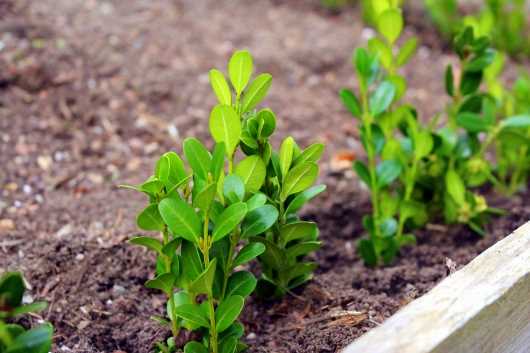

Softwood cuttings are the most common method of propagating boxwood. This method involves taking cuttings from new growth that is still soft and flexible. Here’s how to do it:
- Select a healthy boxwood plant and find a branch with new growth.
- Using a sharp and clean pruner, cut a 4-6 inch long piece of the branch just below a leaf node.
- Remove the lower leaves from the cutting, leaving a few at the top.
- Dip the bottom end of the cutting in a rooting hormone powder, if desired.
- Plant the cutting in a pot filled with well-draining soil or a mixture of perlite and peat moss.
- Place the pot in a warm and bright location, but avoid direct sunlight.
- Keep the soil moist and mist the cutting regularly to maintain humidity.
- After a few weeks, the cutting should develop roots. You can then transplant it to a larger container or directly into the ground.
2. Layering
Layering is another method for propagating boxwood, which involves encouraging a branch to form roots while still attached to the parent plant. Here’s how to do it:
- Select a low branch on the boxwood plant that is flexible enough to bend towards the ground.
- Create a small wound on the selected branch by making a shallow cut on the underside.
- Keep the soil moist and wait for roots to develop from the wounded section of the branch.
- Once roots have formed, you can cut the branch from the parent plant and transplant it to a new location.
3. Grafting
Grafting is a more advanced method of propagating boxwood that involves joining a branch or bud of one boxwood plant onto another. Here’s how to do it:
- Select a rootstock boxwood plant that has a strong and healthy root system.
- Select a scion branch or bud from a desired boxwood variety that you want to propagate.
- Cut a small slanted slice or “v” shape on the rootstock, and a matching slanted slice on the scion.
- Join the rootstock and scion together, ensuring that the cambium layers align.
- Secure the graft union with grafting tape or a grafting clip.
- Place the grafted plant in a warm and sheltered location, and keep the soil moist.
- After a few weeks, the graft union should have healed, and you can transplant the grafted plant to a larger container or directly into the ground.
These are just a few of the methods you can use to propagate boxwood. Depending on your preferences and the resources you have available, you can choose the method that suits you best. Just remember to be patient and provide the proper care for your propagated boxwood plants to ensure their successful growth.
Maintaining Boxwood: Pruning, Fertilizing, and Dealing with Pests
Pruning
Pruning is an essential part of maintaining boxwood plants. It helps to shape the plants, promote growth, and keep them healthy. Here are some tips for pruning boxwood:
- Prune boxwood plants in late winter or early spring before new growth begins.
- Use sharp and clean pruning shears or hedge trimmers to make clean cuts.
- Remove dead, damaged, or diseased branches first.
- Trim the outer growth to maintain the desired shape and size.
- Avoid cutting back into old wood, as boxwood is slow to recover from severe pruning.
- Regularly prune to encourage dense growth and prevent leggy growth.
Fertilizing
Fertilizing boxwood plants helps to provide the necessary nutrients for their growth and overall health. Here are some tips for fertilizing boxwood:
- Apply a balanced slow-release fertilizer in early spring, just as new growth begins.
- Follow the manufacturer’s instructions for the recommended application rate.
- Spread the fertilizer evenly around the base of the plants, staying away from the trunk.
- Water the plants after applying the fertilizer to help it penetrate into the soil.
- Repeat the fertilization process once or twice a year, depending on the specific fertilizer and the needs of your boxwood plants.
Dealing with Pests
Boxwood plants can be susceptible to various pests that can damage the foliage and overall health of the plants. Here are some common pests and how to deal with them:
- Boxwood Leafminer: Look for yellow, blister-like spots on the leaves. Prune and destroy affected foliage and consider using insecticides.
- Boxwood Psyllid: Look for distorted leaves and white, waxy secretions. Prune and destroy affected foliage and consider using insecticides.
- Boxwood Mite: Look for bronzing or discoloration of the leaves. Use horticultural oil or insecticidal soap to control the mites.
- Boxwood Spider Mite: Look for fine webbing and yellowing of the leaves. Use horticultural oil or insecticidal soap to control the spider mites.
- Boxwood Blight: Look for black, elongated lesions on the leaves and defoliation. Prune and destroy affected foliage and consider using fungicides.
Regularly inspect your boxwood plants for signs of pests and take appropriate measures to control and prevent infestations. Consult with a professional if you are unsure about the identification or treatment of specific pests.
Boxwood Types: Exploring the Different Varieties
Boxwood is a popular shrub known for its dense foliage, compact growth, and versatility. There are several different varieties of boxwood, each with its own unique characteristics and uses. Here are some of the most common types of boxwood you can find:
1. Buxus sempervirens (Common Boxwood)
- This is the most widely grown and classic type of boxwood.
- It has small, dark green leaves and a compact growth habit.
- Common boxwood is often used for hedges, topiaries, and formal gardens.
2. Buxus microphylla (Littleleaf Boxwood)
- Littleleaf boxwood is another popular variety known for its small leaves and dense growth.
- It is more tolerant of heat and sun than common boxwood, making it a good choice for warmer climates.
- This variety is often used for borders, edging, and low hedges.
3. Buxus sinica var. insularis (Korean Boxwood)
- Korean boxwood is a cold-hardy variety that can withstand harsh winters.
- It has dark green foliage and a more open growth habit compared to other types of boxwood.
- This variety is commonly used for mass plantings, hedging, and foundation plantings.
4. Buxus sempervirens ‘Suffruticosa’ (English Boxwood)
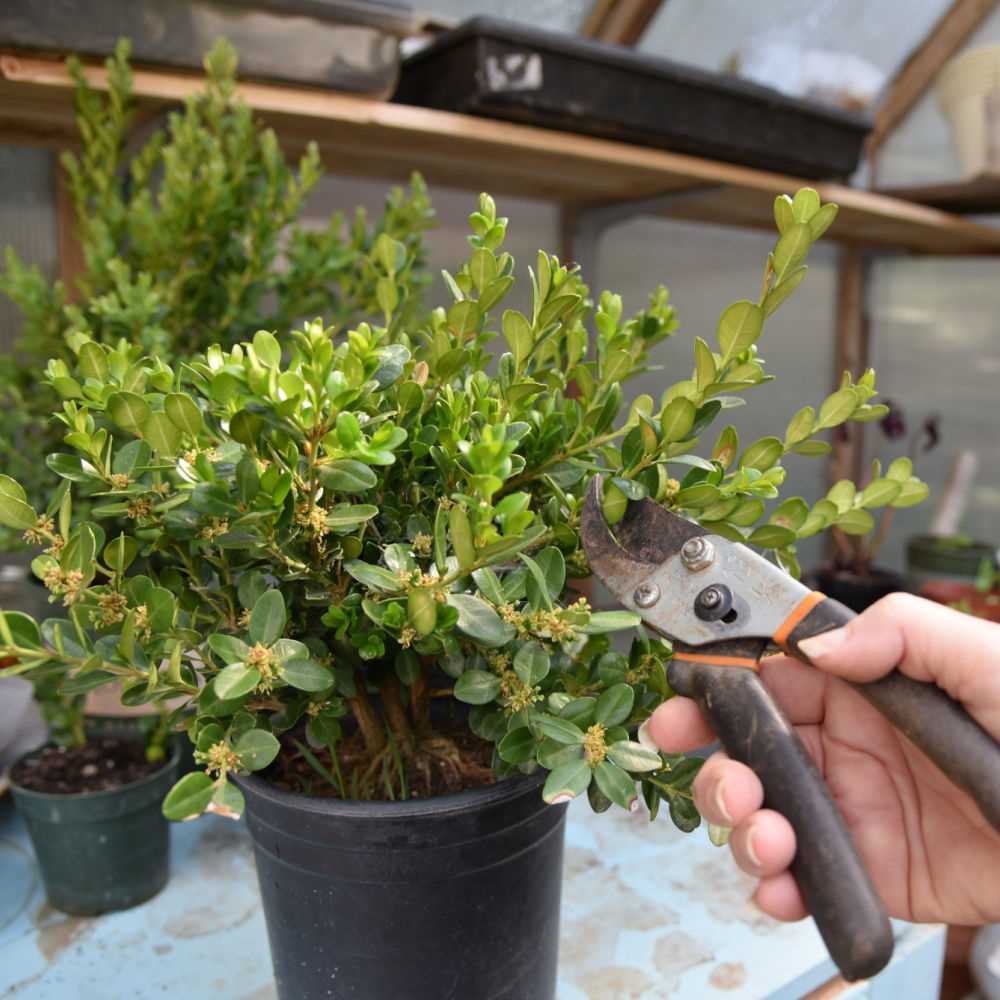

- English boxwood is a slow-growing variety with small, round leaves.
- It is often used for formal gardens, topiaries, and bonsai.
- This variety is more shade-tolerant than other types of boxwood.
5. Buxus harlandii (Harland Boxwood)
- Harland boxwood is a lesser-known variety with unique twisted leaves.
- It has a dense growth habit and is often used for small hedges and borders.
- This variety is more suitable for milder climates.
These are just a few examples of the many boxwood varieties available. Each type has its own characteristics, growth habits, and recommended uses. Consider the specific requirements of your garden or landscaping project when choosing a boxwood variety.
Boxwood in Landscaping: Creative Ideas and Design Tips
Boxwood, with its dense foliage and versatility, is a popular choice for landscape designers. Whether you have a small backyard or a large garden, boxwood can add structure, texture, and beauty to your outdoor space. Here are some creative ideas and design tips for using boxwood in your landscaping:
1. Hedges and Borders
One of the most common uses of boxwood in landscaping is for creating hedges and borders. Boxwood’s compact growth habit makes it perfect for defining spaces, creating privacy, and adding structure to the garden. You can trim boxwood into various shapes and sizes to suit your design style.
2. Topiaries
Boxwood is well-known for its ability to be shaped into intricate topiaries. These sculpted plants can add a touch of elegance and charm to any garden. From simple shapes like spheres and cones to more complex designs like animals and geometric patterns, the possibilities are endless with boxwood topiaries.
3. Knot Gardens
A knot garden is a type of formal garden design that features intricate geometric patterns created with plants. Boxwood is often used to outline the knots and provide structure to the design. The contrasting colors and textures of different boxwood varieties can create a stunning visual effect in a knot garden.
4. Focal Points
Boxwood can be used as a focal point in your garden design. Planting a large, well-maintained boxwood specimen in a prominent location can create a sense of balance and harmony in the landscape. You can also use boxwood as a backdrop for other plants or objects of interest.
5. Path Edging
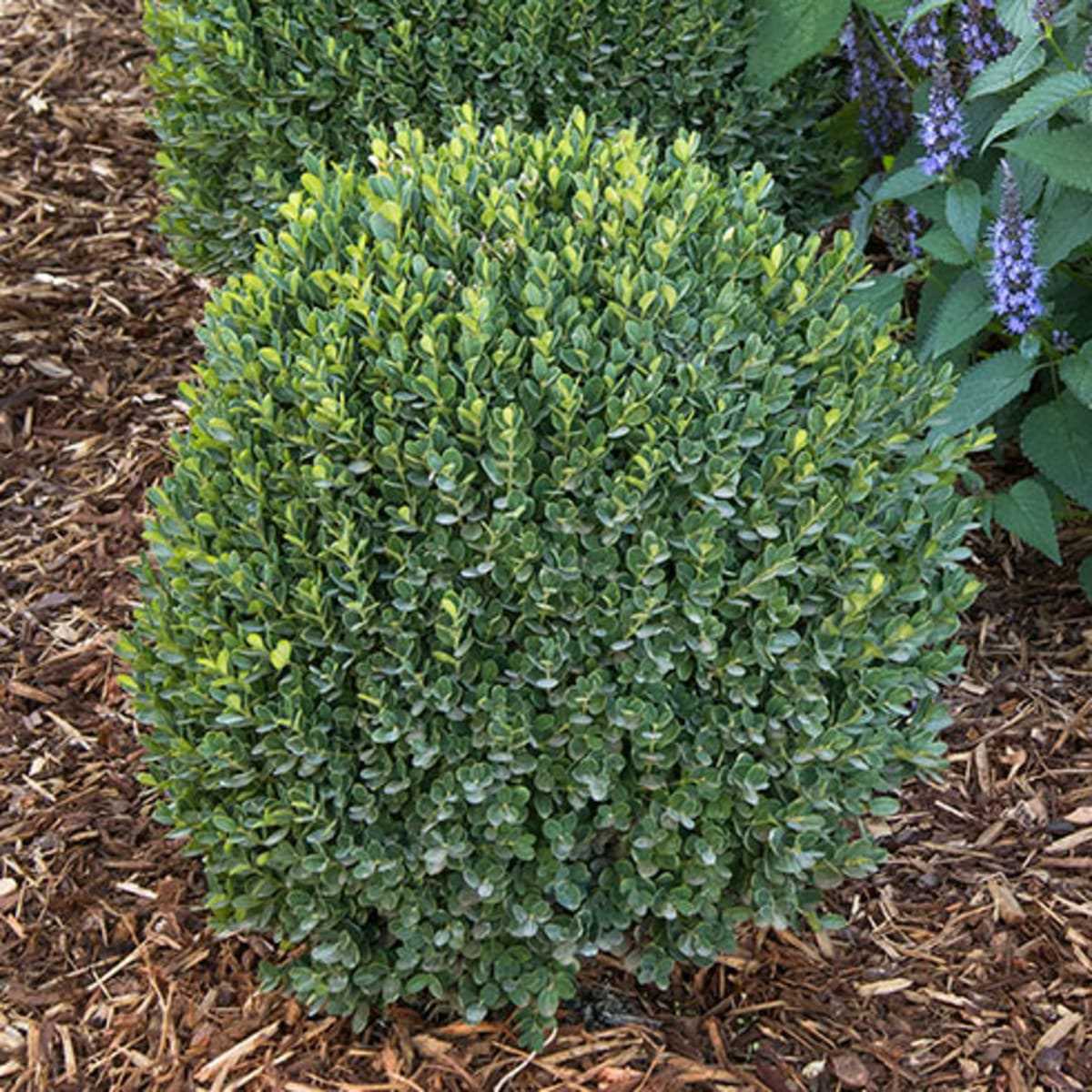

Using boxwood to edge your garden paths can add a touch of elegance and formality to your landscape. You can create straight or curved edges with boxwood and maintain them at a height that suits your design vision.
6. Container Plantings
Boxwood is an excellent choice for container plantings in both formal and informal garden designs. You can create striking arrangements by combining boxwood with other plants that have contrasting colors and textures. Grouping different-sized containers with boxwood can add depth and interest to your outdoor space.
7. Versatile Background
Boxwood’s dense foliage can serve as a versatile background for other plants. It can provide a beautiful backdrop for colorful flowers, ornamental grasses, and perennials. The contrasting textures and shades of green can enhance the overall visual appeal of your garden.
When designing with boxwood, it’s important to consider the plant’s growth habit, sunlight requirements, and maintenance needs. With proper planning and care, boxwood can transform your landscape into a beautiful and inviting outdoor retreat.
Expert Tips for Growing Healthy and Beautiful Boxwood
- Choose the right variety: When selecting boxwood plants for your garden, make sure to choose a variety that is suitable for your climate and growing conditions. Different varieties have different sun and soil requirements, so it’s important to do your research and select the right variety for your specific needs.
- Plant in the right location: Boxwood plants thrive in well-draining soil and partial shade. Make sure to choose a location in your garden that provides these conditions. Avoid planting boxwoods in areas with poor drainage or full sun, as this can lead to root rot or sunburn.
- Proper watering: Boxwoods prefer moist, but not waterlogged, soil. Water your boxwood plants regularly, especially during hot, dry periods. However, be careful not to overwater, as this can lead to root rot. Using a soaker hose or drip irrigation system can help ensure that water reaches the roots without wetting the foliage.
- Fertilize regularly: Boxwoods benefit from regular fertilization to encourage healthy growth and vibrant foliage. Use a slow-release fertilizer specifically formulated for boxwoods, following the package instructions for application rates and timing.
- Prune to maintain shape: Boxwoods are known for their dense, compact growth habit, but they can become overgrown if not pruned regularly. Prune your boxwood plants in late winter or early spring while they are still dormant. Use sharp, clean pruning shears to remove any dead or damaged branches, and to maintain the desired shape and size of the plant.
- Protect from harsh weather: Boxwoods are relatively hardy plants, but they can be susceptible to damage from harsh weather conditions such as strong winds or heavy snowfall. Consider providing a windbreak or using burlap to protect your boxwood plants during winter months.
- Monitor for pests and diseases: Boxwoods can be affected by a variety of pests and diseases, including boxwood leafminer, boxwood mites, and boxwood blight. Regularly inspect your plants for signs of pests or diseases, such as yellowed or spotted foliage, and take appropriate action if necessary, such as applying insecticidal soap or fungicides.
- Mulch and weed: Apply a layer of organic mulch, such as shredded bark or compost, around the base of your boxwood plants. This will help to conserve moisture, suppress weeds, and improve the soil. Be careful not to mound the mulch up against the trunk of the plant, as this can lead to rot.
- Regularly monitor and adjust: Keep a close eye on the health and appearance of your boxwood plants, and make adjustments as needed. If you notice any issues, such as yellowing or wilting foliage, make adjustments to watering, fertilization, or other care practices to address the problem.
Common Boxwood Problems and How to Solve Them


1. Boxwood Leaf Miner
Symptoms: The most common problem with boxwoods is the leaf miner, which is a small fly that lays eggs on the underside of the leaves. The larvae then mine through the leaves, causing browning and necrosis.
Solution: To treat this issue, you can use insecticidal sprays or systemic insecticides. Regularly inspect your boxwoods for eggs or larvae and remove any affected leaves. Applying horticultural oil in early spring can also help prevent infestations.
2. Boxwood Blight
Symptoms: Boxwood blight is a fungal disease that causes dark circular spots on the leaves, defoliation, and dieback of branches. Infected leaves often develop black streaks.
Solution: If you suspect boxwood blight, it’s important to act quickly to prevent the spread of the disease. Remove and destroy any infected plants or plant parts. Disinfect tools between pruning sessions and avoid overhead watering. Fungicide treatments can also be used, but the most effective strategy is to choose disease-resistant boxwood varieties.
3. Boxwood Psyllid
Symptoms: Boxwood psyllids are small insects that cause discolored and distorted leaves. Infested leaves may become red or yellow, curl up, and have a waxy appearance.
Solution: To control boxwood psyllids, prune and destroy infested plant parts. Beneficial insects such as ladybugs or lacewings can also help control the population. In severe cases, insecticide treatments may be necessary.
4. Winter Burn
Symptoms: Winter burn occurs when boxwoods are exposed to harsh winter conditions, resulting in brown or yellow discoloration of the leaves. Extended periods of freezing temperatures, dry winds, and insufficient soil moisture can contribute to this problem.
Solution: To prevent winter burn, water your boxwoods deeply in late fall before the ground freezes. Applying a thick layer of mulch around the base of the plants can also help insulate the roots. Alternatively, consider constructing a windbreak or using burlap to protect the plants from harsh winds.
5. Boxwood Mites


Symptoms: Boxwood mites are tiny pests that feed on boxwood foliage, causing bronzing or yellowing of the leaves. Infested leaves may appear speckled or stippled.
Solution: To control boxwood mites, regularly inspect your plants and prune and destroy infested leaves. Applying insecticidal soap or horticultural oil can also help control the population. Avoid using broad-spectrum insecticides, as they can harm beneficial insects that control mite populations.
6. Root Rot
Symptoms: Boxwoods are susceptible to root rot, a fungal disease that causes the roots to rot and become mushy. Infected plants may have stunted growth, wilting leaves, and branch dieback.
Solution: To prevent root rot, ensure that the soil is well-draining and avoid overwatering. If root rot is already present, it’s difficult to save the affected plants. Remove and destroy infected plants and improve soil drainage before replanting.
| Problem | Symptoms | Solution |
|---|---|---|
| Boxwood Leaf Miner | Browning, necrosis of leaves | Insecticidal sprays, horticultural oil |
| Boxwood Blight | Dark circular spots, defoliation, dieback | Remove infected plants, use disease-resistant varieties, fungicide treatments |
| Boxwood Psyllid | Discolored, distorted leaves | Prune infested parts, use beneficial insects, insecticide treatments |
| Winter Burn | Brown or yellow discoloration of leaves | Deep watering, mulch, wind protection |
| Boxwood Mites | Bronzing, yellowing of leaves | Prune infested parts, insecticidal soap, horticultural oil |
| Root Rot | Stunted growth, wilting leaves, branch dieback | Improving soil drainage, removing infected plants |
Questions and Answers:
What is boxwood and why is it popular?
Boxwood is a type of evergreen shrub that is popular for its dense foliage and ability to be shaped. It is commonly used in landscaping for hedges, topiaries, and borders.
How do I grow boxwood in my garden?
To grow boxwood in your garden, you will first need to select a suitable location with well-drained soil and partial shade. Plant the boxwood shrubs at the appropriate spacing, typically 1 to 2 feet apart. Water them regularly and mulch around the plants to retain moisture. Prune the shrubs as needed to maintain their desired shape and size.
Can boxwood be propagated from cuttings?
Yes, boxwood can be propagated from cuttings. You can take semi-hardwood cuttings in late summer or early autumn, dip them in rooting hormone, and plant them in a well-drained potting mix. Keep the cuttings moist and warm, and they should root within a few weeks.
What are some common types and varieties of boxwood?
Some common types of boxwood include Buxus sempervirens (common boxwood), Buxus microphylla (littleleaf boxwood), and Buxus sinica var. insularis (Korean boxwood). There are also many varieties within these types, such as ‘Suffruticosa’ (English boxwood) and ‘Green Velvet’ (American boxwood).
How tall do boxwood shrubs typically grow?
The height of boxwood shrubs can vary depending on the type and variety. Some varieties, like ‘Suffruticosa’, are dwarf and only reach a height of 1 to 2 feet. Others, like ‘Green Velvet’, can grow to be 3 to 4 feet tall. It’s important to choose a variety that suits your desired height and spacing requirements.
What are some tips for maintaining and caring for boxwood?
To maintain and care for boxwood, regular watering is important, especially during dry periods. Mulch around the plants to conserve moisture and suppress weeds. Boxwood should be pruned once or twice a year to maintain their shape and remove any dead or diseased branches. Fertilize in spring with a slow-release balanced fertilizer. Keep an eye out for pests and diseases, such as boxwood leafminer and boxwood blight, and take appropriate measures to control them if necessary.







